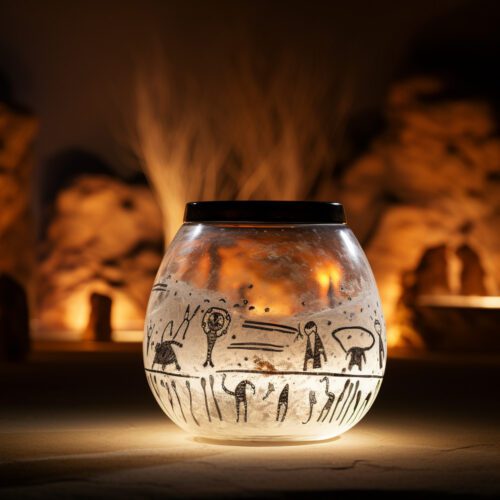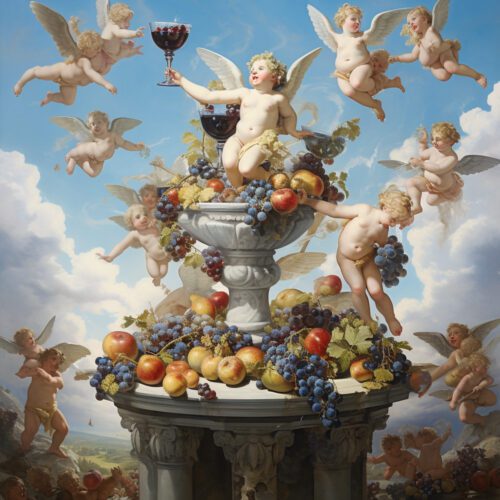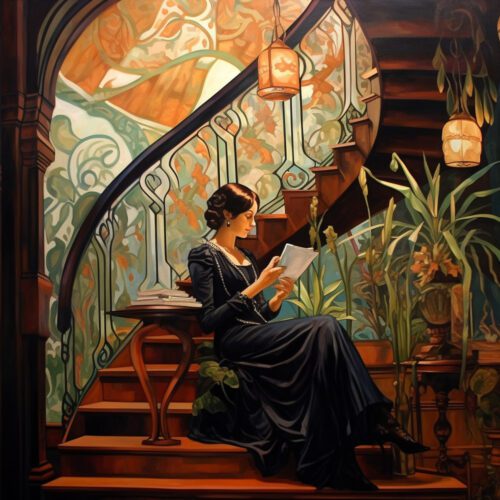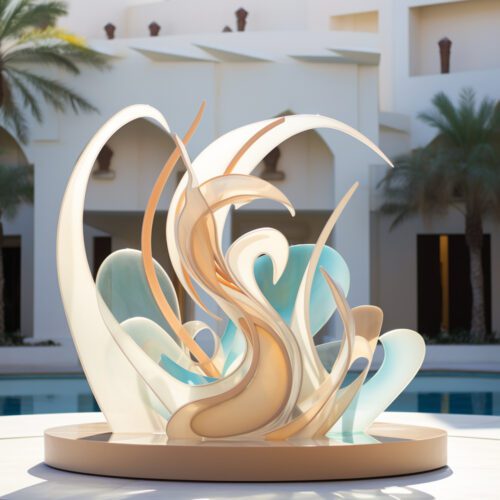
What is Art Glass?
Since ancient times, art has been a basic manifestation of human creativity, conveying feelings, ideas, and narratives via a variety of forms and media.
Art glass is one such alluring medium, a brilliant blend of aesthetics and craftsmanship that has garnered the interest of both artists and collectors.
Glass art continues to fascinate and enthral people all throughout the world, from its ancient origins to its contemporary interpretations.
An Oral History
As old as the practice of producing glass itself is the history of artisan glass. The earliest cultures to experiment with making colourful and complicated glass products for both practical and artistic purposes were the ancient Egyptians, Romans, and Phoenicians.
The development of art glass was influenced by the emergence of techniques like glassblowing, mosaics, and stained glass.
The creative potential of glass was significantly shaped by stained glass, in particular. Magnificent stained glass windows that conveyed religious narratives with an amazing interplay of light and colour were used to embellish great cathedrals during the Medieval era. These windows displayed glass’s capacity to turn light into a spellbinding visual spectacle in addition to its capacity to transmit light.
The Golden Age of Glass
The Renaissance saw a resurgence of interest in a number of artistic mediums, including glassmaking.
Master craftspeople started experimenting with novel methods and pushing the limits of what is art glass. Particularly Venetian glassmakers, who earned fame for their superb skill, giving rise to the famed Murano glass. These gorgeous pieces of glassware were known for their unmatched quality, rich colours, and intricate designs.
Glass art underwent a significant transformation throughout the Renaissance, evolving from simple functional items to elaborate works of art that decorated the residences of the world’s nobility.


Art Nouveau Style
The Art Nouveau movement, which highlighted organic forms and elaborate motifs, emerged in the late 19th and early 20th centuries.
During this time, glass and what is art glass evolved and came together to produce exquisite glass pieces that mimicked the naturally occurring flowing lines.
René Lalique, a master of Art Nouveau glass, produced elaborate jewellery, sculptures, and vases that expertly merged artistic expression with the translucence of glass.
Contemporary Innovations
Traditional boundaries were pushed and broken during the 20th century, resulting in a significant change in how art is perceived. This transformation was very prevalent in the field of art glass, where creators started experimenting with novel methods, supplies, and ideas. The mid-20th century studio glass movement represented a significant break from glassware made in factories. Studio glass was greatly popularised by artists like Dale Chihuly and Harvey Littleton, who placed an emphasis on individual inventiveness and skilled handiwork.
Studio glass gave artists the chance to investigate the special qualities of glass as a means of expression. It opened the door to a wide range of methods, like glass casting, slumping, and glassblowing. Glass artists could now create abstract sculptures, complicated containers, and avant-garde installations instead of being limited to traditional forms. A wide variety of glass styles, from the beautiful and ethereal to the bold and unexpected, were created as a result of this newfound flexibility.

Present-day Expressions
As artists combine cutting-edge technologies and interdisciplinary techniques into their work today, art glass continues to develop. Intriguing partnerships between glass artists, designers, and architects have resulted from the blurring of the lines between traditional craft and contemporary art. Awe-inspiring works that adorn public spaces, opulent resorts, and art galleries worldwide are the product of this synthesis of disciplines.
The process of creating glass is equally as important as the finished product. The creation of art glass involves a careful balancing act between the artist’s vision and the responsiveness of the molten material. The artist must have a thorough awareness of the characteristics of glass, how it behaves under various circumstances, and how colour and light interact. Each work of glass art is an example of the artist’s talent, perseverance, and creativity.

The Allure of Art Glass
What draws people to art glass? It’s the interaction of a variety of elements, including the unique union of fragility and strength that glass embodies, the dance of colours as light filters through, the exquisite delicacy of the designs, and more.
Glass has the capacity to arouse feelings, start dialogues, and alter environments. Glass art allows spectators to pause, reflect, and enjoy the beauty that human hands can form from the most basic of materials, whether it’s a contemporary abstract sculpture that challenges perceptions or a delicate vase that captures the essence of a fleeting moment.
Art glass is a fascinating synthesis of imagination, tradition, and skill. Glass has travelled a wonderful path, from its early beginnings in stained glass windows to the lively experimentation of the Renaissance and the creativity of the modern studio glass movement.
It keeps thriving in the field of modern art, pushing the frontier of what is conceivable and energising both artists and admirers. Glass’ attractiveness stems not only from its aesthetic appeal but also from its capacity to transcend time and link us to both the past and present masters of the medium.
Further Reading:
Glass Art: 112 Contemporary Artists – by Corey Hampson, Herb Babcock, E. Ashley Rooney, and Barbara Purchia – Buy it HERE
